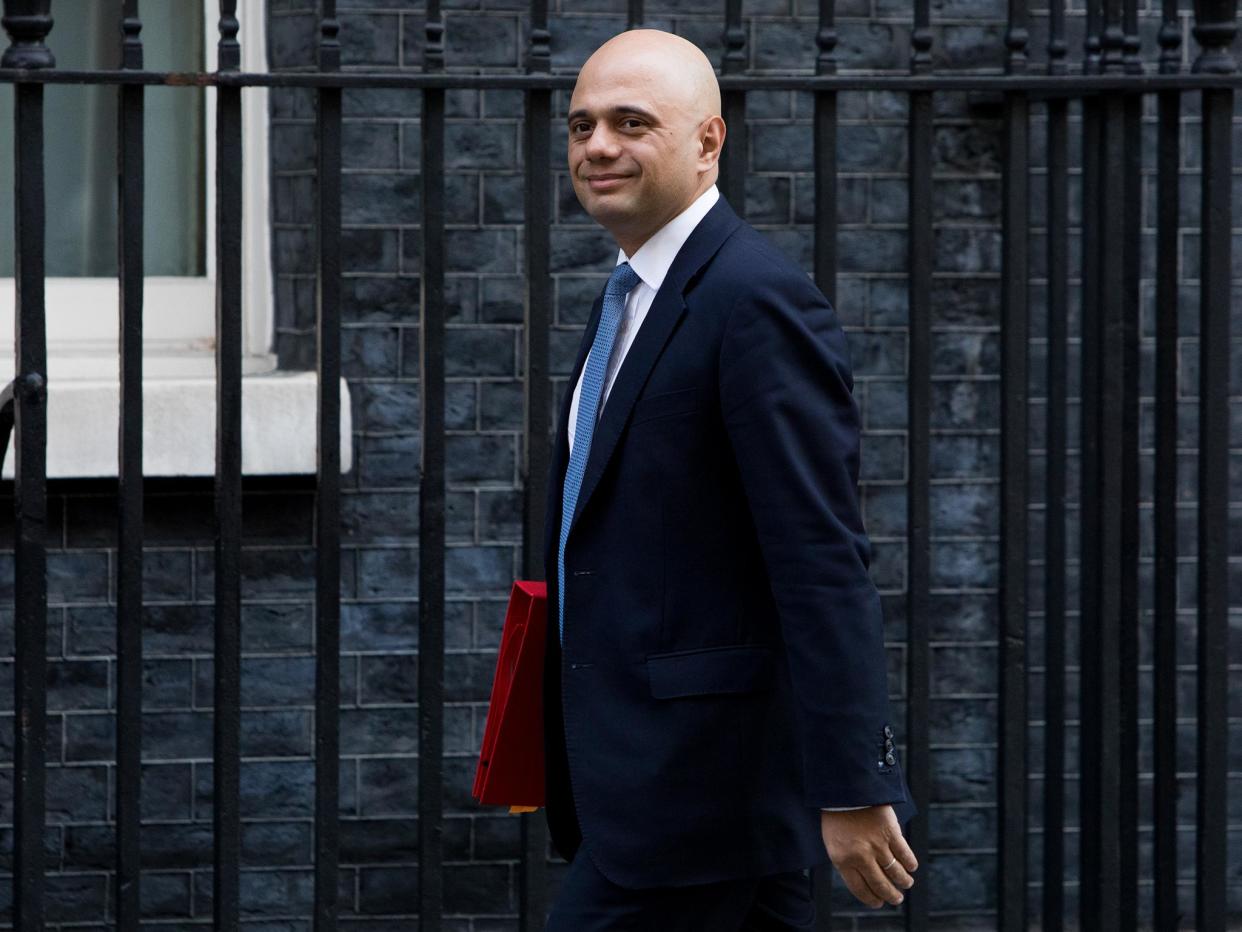The Conservatives’ stance on immigration post-Brexit will define whether it can win over young voters

Although the cabinet’s arm-wrestling match over post-Brexit customs arrangements is still deadlocked, ministers are already limbering up for their next fight – on immigration policy. Their decision will matter more to the public than customs. It could also determine whether the Conservative Party is a viable electoral force that can appeal to voters under 47, who were more likely to back Labour at last year’s election.
Theresa May took a hard line on immigration as home secretary, so it came naturally to describe people who regard themselves as “citizens of the world” as “citizens of nowhere” when she sought to reassure Leavers that, as a Remainer, she could be trusted to deliver Brexit.
Ironically, Brexiteers such as Boris Johnson and Michael Gove, who were quite happy to play the immigration card during the referendum campaign, now find themselves on the other side to May in the “open versus closed” divide that goes to the heart of the Brexit debate. Their hazy vision of Global Britain depends on winning new trade deals, but they find the number one demand from non-EU countries is access to the UK for their people rather than their goods. So they are demanding a “level playing field” between EU migrants and those from the rest of the world.
The prime minister’s instinct is to use Brexit to drive down numbers towards the government’s arbitrary target to reduce annual net migration below 100,000. Not for the first time, she is about to run into a brick wall marked Brexit reality. She has already gone back on her word by extending freedom of movement for EU citizens during the transitional period lasting until December 2020. Now she may have to do something similar to win EU leaders’ backing next month for her fallback plan to extend customs links beyond the transition. The EU might also demand preferential access for EU migrants over those from third countries in return for a trade deal.
Before the summer recess starts in July, the cabinet will try to resolve these conflicting demands and decide whether to clamp down on unskilled EU migrants and pay in-work benefits to them. The task of drawing up the plans falls to Sajid Javid, the home secretary. He is said to share the liberal approach of his predecessor Amber Rudd, who resigned last month and is thought to be sceptical about the migration target. He has stressed his determination to be his own man and has dumped May’s “hostile environment” policy towards illegal immigration, which led indirectly to the Windrush generation scandal. But he will need to win May’s approval. She is sticking stubbornly to her target and has already intervened over when the new policy will be announced. Rudd wanted to delay it until after the independent Migration Advisory Committee reports in September, a sign that she wanted UK companies to have continued access to EU labour, which the committee is likely to recommend. May wants action before then, hardly an example of the evidence based policy she is supposed to favour.
The prime minister might think that a Donald Trump style approach to immigration would be in tune with the public mood as expressed in the referendum. However, opinion has changed since. Immigration has fallen down the list of the issues people regard as the most important facing the country. It was a clear number one at the time of the referendum, but now trails health and Brexit, while it is level with schools, according to Ipsos MORI. Perhaps this is due to falling migration figures as EU citizens, uncertain about their future, return home. Perhaps people think it’s “job done” and we have “taken back control”.
Crucially, only 15 per cent of 18 to 34 year olds regard immigration as one of the most important issues today; the figure is almost twice as high among over 55-year-olds (but still trails health and Brexit). So if the Tories are serious about appealing to a new generation, they need to acknowledge that younger voters are much more tolerant on immigration than the older ones who form the bedrock of the party’s support. They certainly need to be serious: a YouGov survey for the Centre for Policy Studies think tank found that 49 per cent of 25 to 39 year olds could never see themselves voting Tory at the next election.
This week, two people at opposite poles of planet Tory rubbished May’s migration target – Jacob Rees-Mogg, the prominent backbench Brexiteer and Ruth Davidson, the modernising Scottish Tory leader. You can’t get a much wider range of Tory opinion than that. May is said to believe that she can rely on only two or three cabinet ministers to back her on immigration. Does she ever wonder why? Can everyone else be wrong? A pragmatic rather than dogmatic approach to immigration post-Brexit could unite her cabinet and give her party a bridge to the younger voters it desperately needs to reach.

 Yahoo News
Yahoo News 
